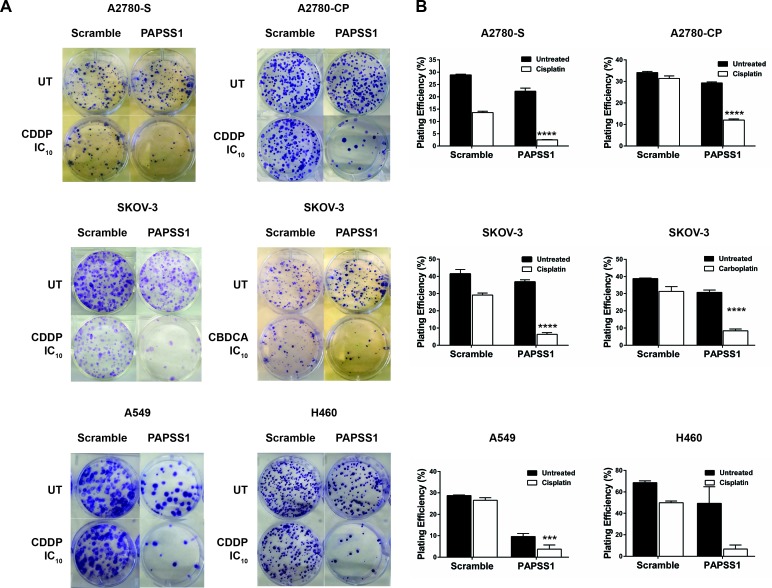Figure 4. PAPSS1 knockdown sensitizes ovarian and lung cancer cells to platins.
Cisplatin (CDDP) sensitive (A2780-S) and resistant (A2780-CP) A2780, SKOV-3, A549, and H460 were seeded in 6-well plates and transfected with a pool of three PAPSS1-targeting or non-targeting siRNA duplexes the following day. The empirically determined IC10 of the corresponding platinum agent based on a 72h cell viability assay was added to the cells 24 hours post-transfection (0.112, 1.24, 0.98 μM CDDP for A2780-S, - CP, and SKOV-3 respectively; 19.3 μM carboplatin (CBDCA) for SKOV-3; 0.71 and 0.52 μM CDDP for A549 and H460, respectively). At 24 hours post-treatment, the cells were harvested and re-seeded for colony formation. The cells were subsequently incubated for 14 days undisturbed, after which the colonies were fixed and stained with 0.5% w/v crystal violet in 6.25% glutaraldehyde and counted. The plating efficiency (PE) was calculated using the equation (# colonies formed/#cells seeded) x100%. Representative images of the treatment conditions are shown in A and the PE values are plotted in B. All data are shown as mean ± SEM. Two-way ANOVA with Tukey adjustments for multiple tests comparison was used and the statistical significance of the sensitization effects of PAPSS1 knockdown is highlighted for each cell line (****p < 0.0001 for platin-treated scramble vs. PAPSS1-silenced cells).

